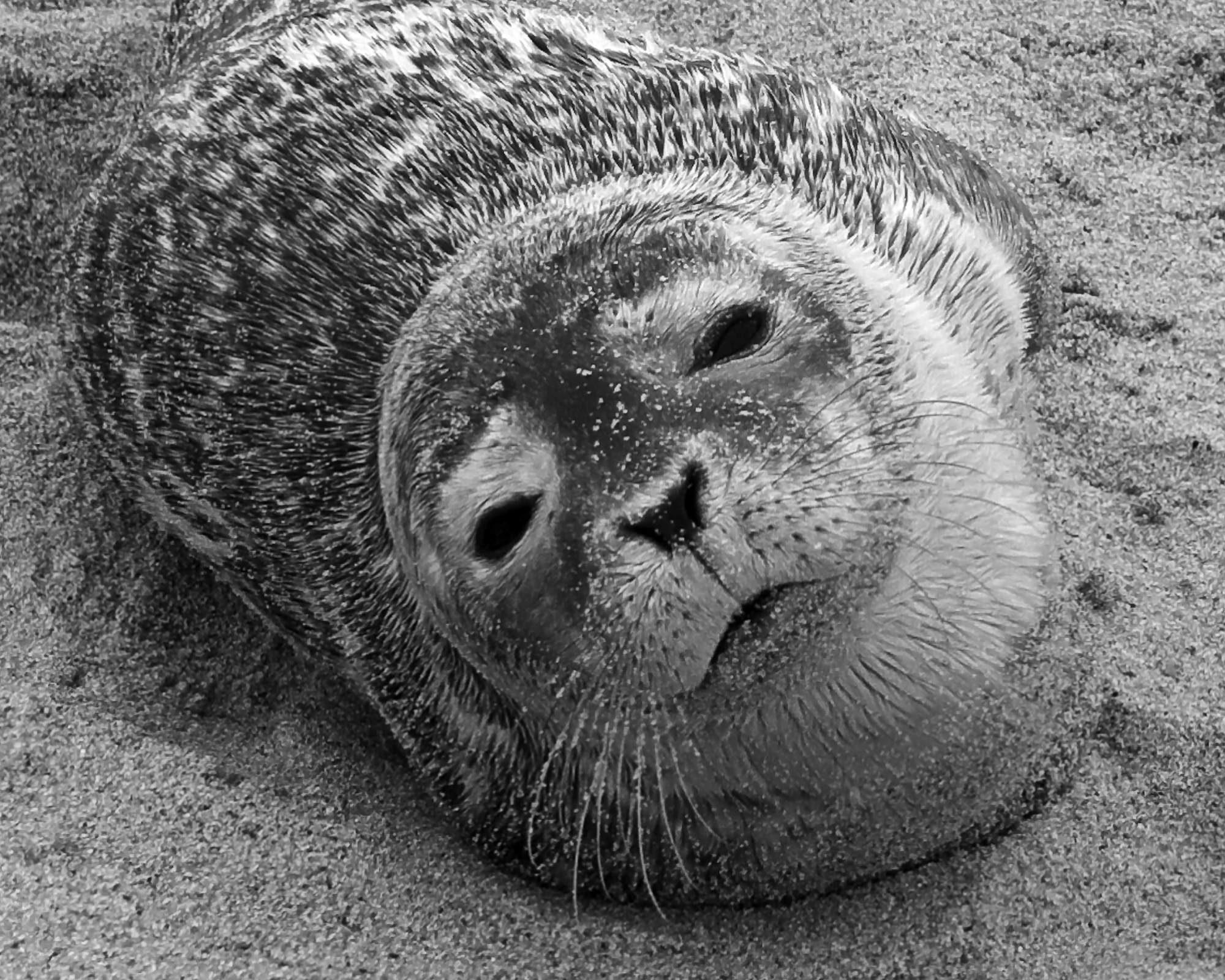 Beached baby seal, Lecount Hollow Beach (Wellfleet)
Beached baby seal, Lecount Hollow Beach (Wellfleet)
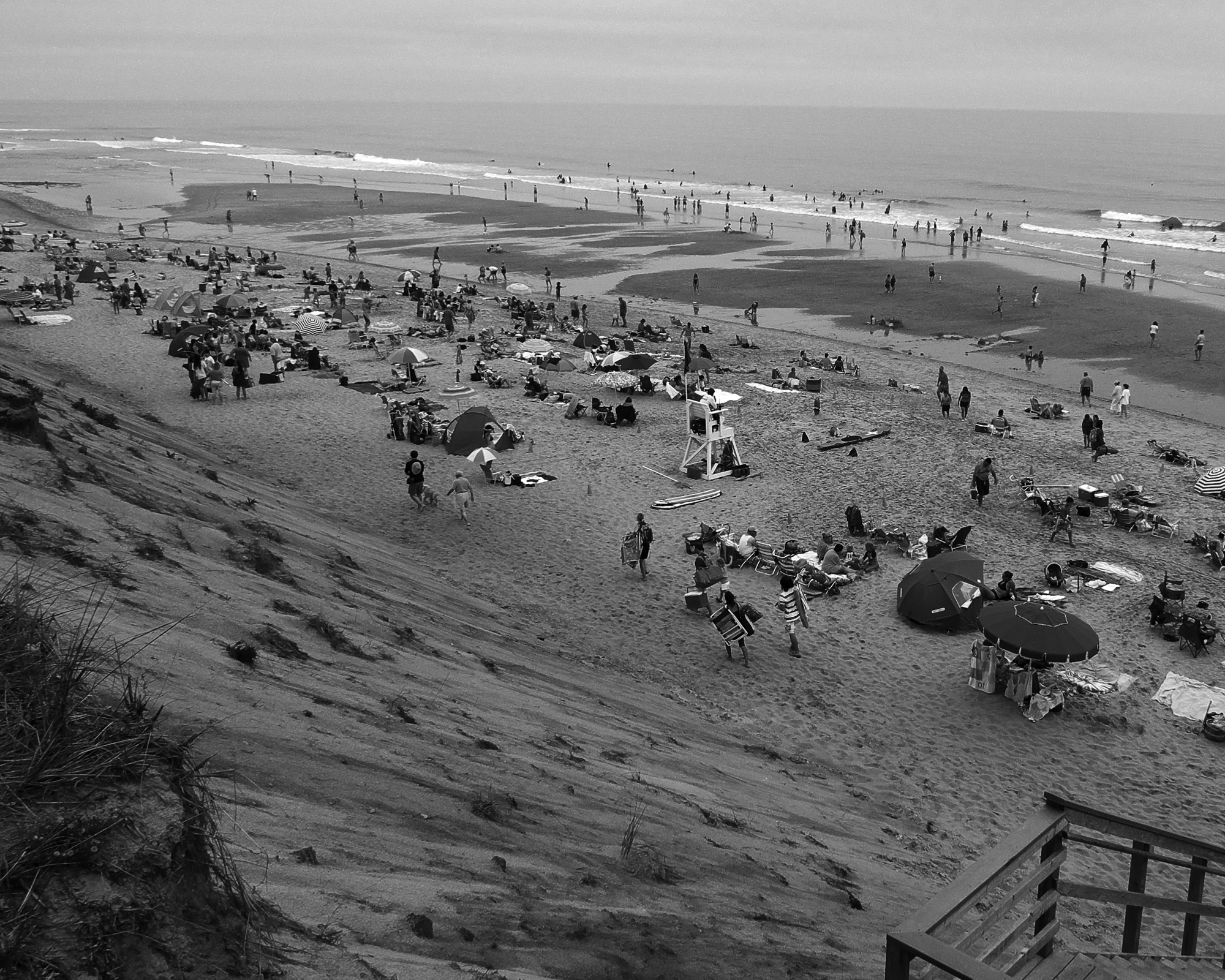 Weekday crowd, Marconi Beach (Wellfleet)
Weekday crowd, Marconi Beach (Wellfleet)
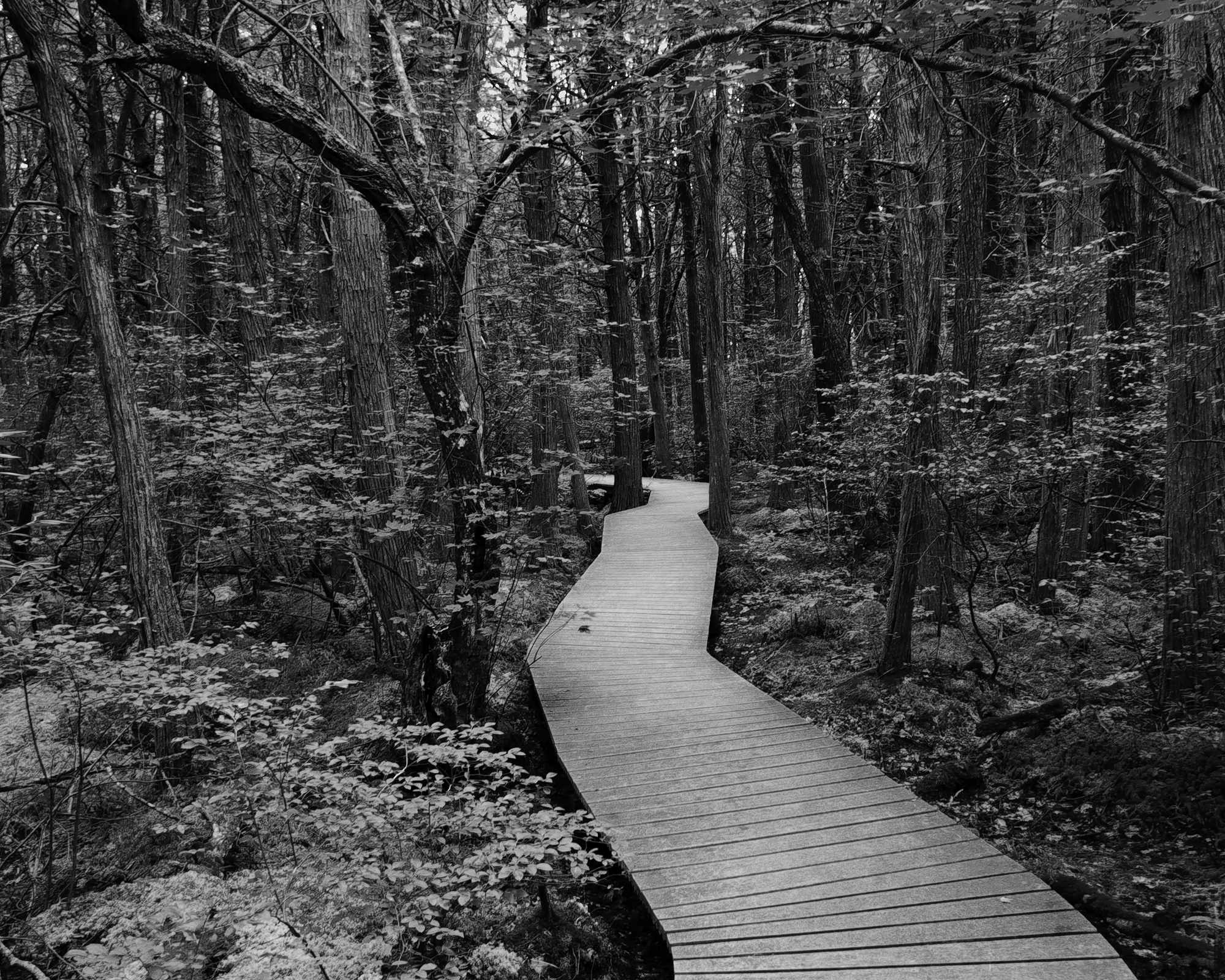 Boardwalk trail, Red Maple Swamp (Eastham)
Boardwalk trail, Red Maple Swamp (Eastham)
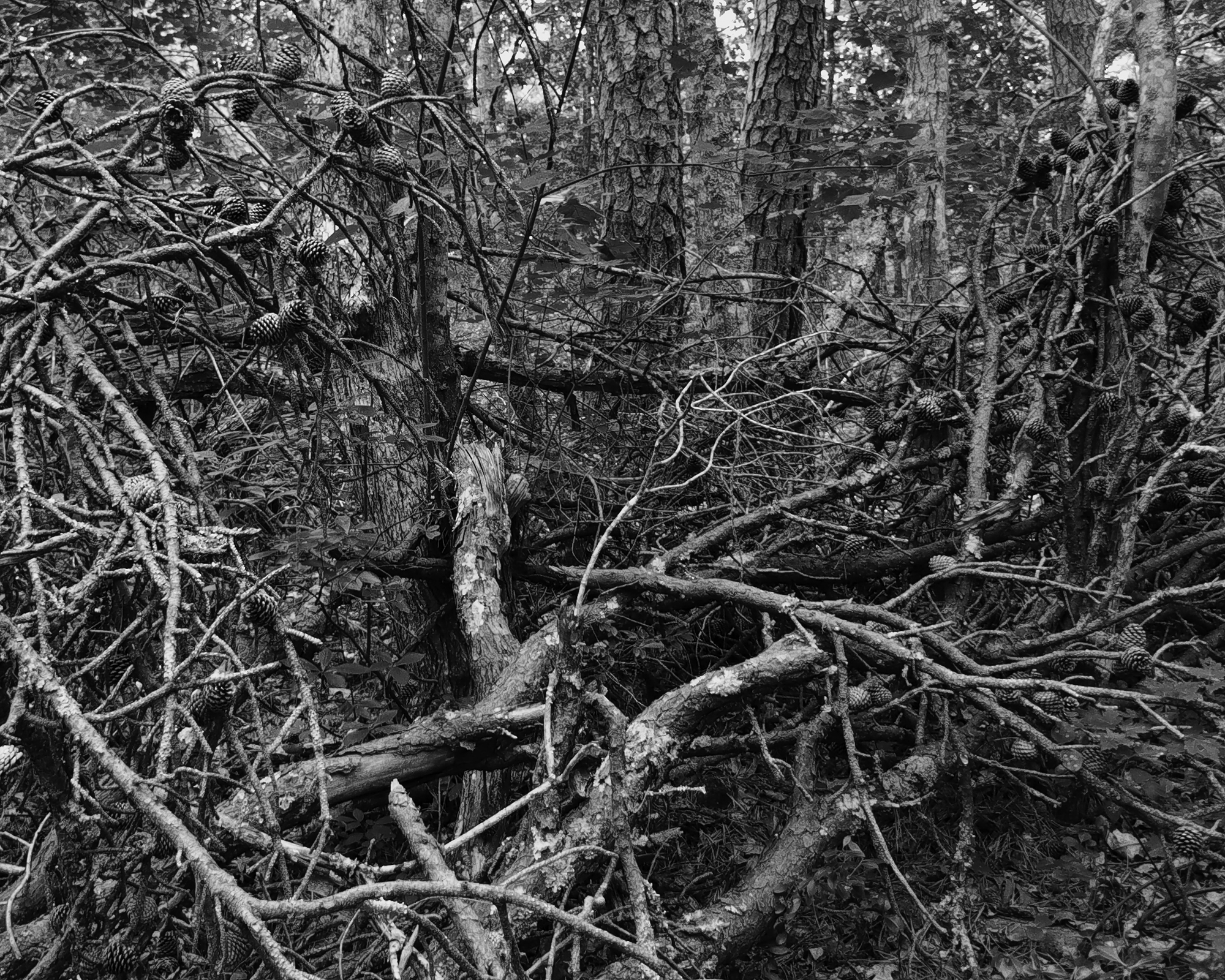 Fallen limbs, Red Maple Swamp (Eastham)
Fallen limbs, Red Maple Swamp (Eastham)
Would a 1:1000 scale model of conservative aspirations look any more realistic than Paul Ryan’s roadmap?
Photography & Recording
All works in the galleries at Dia:Beacon are protected under copyright laws and Dia has responsibilities to honor those rights. Photography, video or the use of recording devices are not permitted. Photography of the exterior of the building and grounds is permitted for personal use only.
— Dia:Beacon Museum Policies
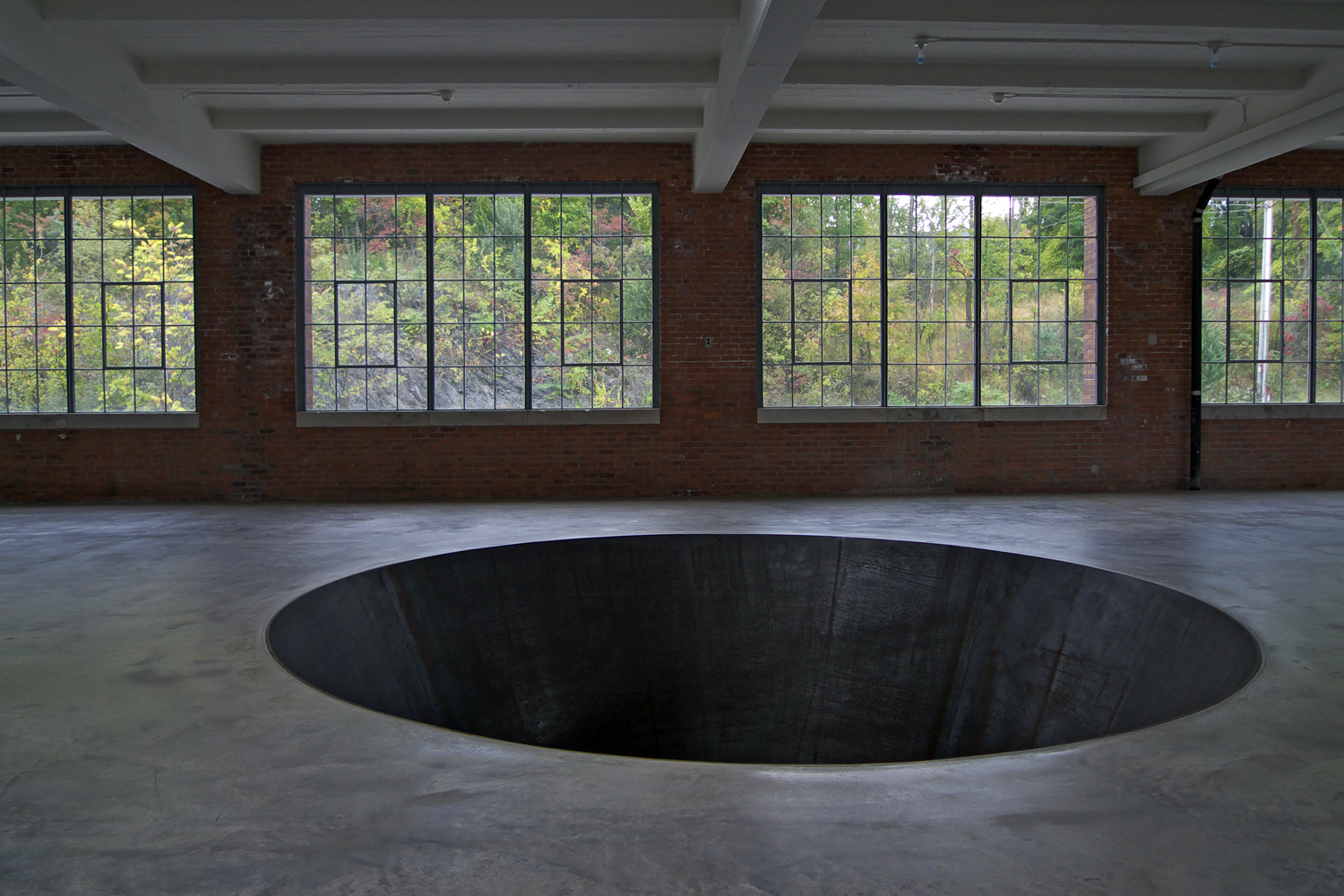 Michael Heizer, North, East, South, West (1967/2002)
Michael Heizer, North, East, South, West (1967/2002)
The repurposed High Line, formerly part of the New York Central Railroad’s elevated West Side Line, between Gansevoort Street and 20th Street in Manhattan’s Meatpacking District.
Several days later Murray asked me about a tourist attraction known as the most photographed barn in America. We drove 22 miles into the country around Farmington. There were meadows and apple orchards. White fences trailed through the rolling fields. Soon the signs started appearing. THE MOST PHOTOGRAPHED BARN IN AMERICA. We counted five signs before we reached the site. There were 40 cars and a tour bus in the makeshift lot. We walked along a cowpath to the slightly elevated spot set aside for viewing and photographing. All the people had cameras; some had tripods, telephoto lenses, filter kits. A man in a booth sold postcards and slides — pictures of the barn taken from the elevated spot. We stood near a grove of trees and watched the photographers. Murray maintained a prolonged silence, occasionally scrawling some notes in a little book.
“No one sees the barn,” he said finally.
A long silence followed.
“Once you’ve seen the signs about the barn, it becomes impossible to see the barn.”
He fell silent once more. People with cameras left the elevated site, replaced by others.
“We’re not here to capture an image, we’re here to maintain one. Every photograph reinforces the aura. Can you feel it, Jack? An accumulation of nameless energies.”
There was an extended silence. The man in the booth sold postcards and slides.
“Being here is a kind of spiritual surrender. We see only what the others see. The thousands who were here in the past, those who will come in the future. We’ve agreed to be part of a collective perception. It literally colors our vision. A religious experience in a way, like all tourism.”
Another silence ensued.
“They are taking pictures of taking pictures,” he said.
He did not speak for a while. We listened to the incessant clicking of shutter release buttons, the rustling crank of levers that advanced the film.
“What was the barn like before it was photographed?” he said. “What did it look like, how was it different from the other barns, how was it similar to other barns?”
— Don DeLillo, White Noise (1985)